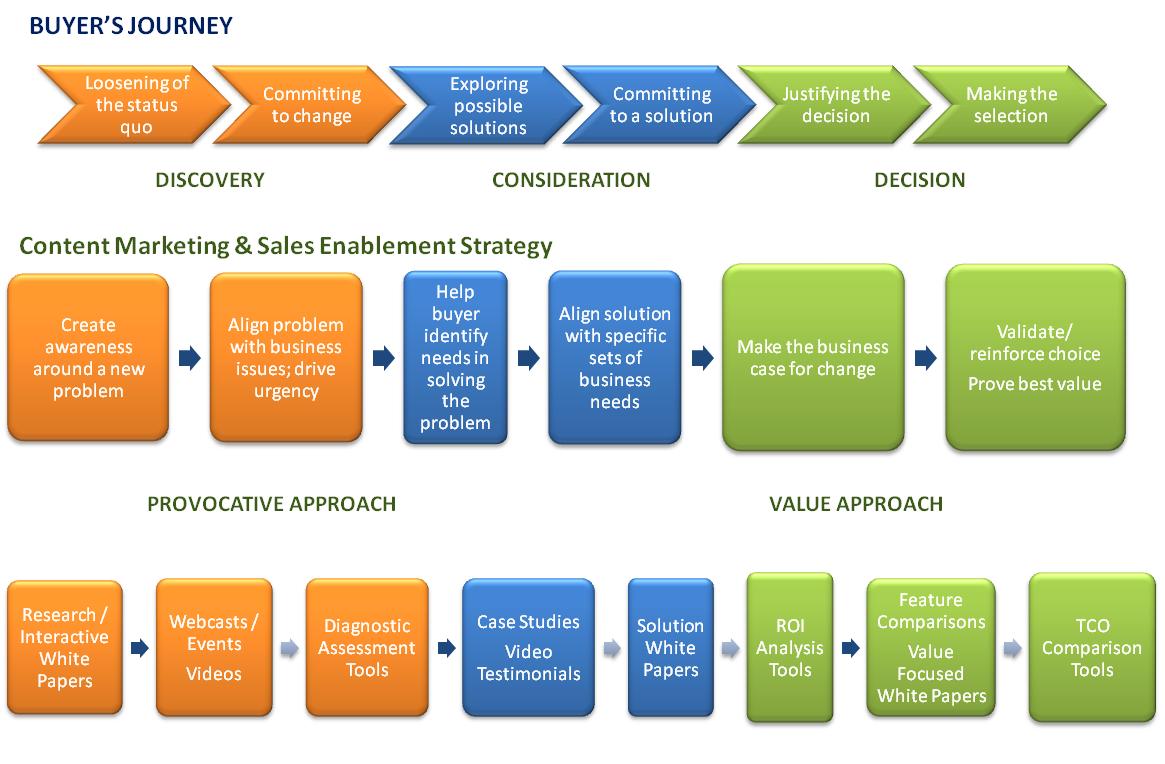
“If you wait for inspiration to write you’re not a writer, you’re a waiter.” ― Dan Poynter
Wish to enjoy greater success in your content marketing efforts? Start by thinking about your content marketing strategy, beginning with the change you wish to make in your content reader.
A great way to do so is to ask questions revolving around the acronym ROAM:
- Readers: Who is your audience?
- Objective: How will you change your reader?
- Action: What do you want your reader to do?
- iMpression: What will the reader think of you?
Conceived by author Josh Bernoff in his wonderful book Writing Without Bullshit, these four elements provide an easy and systematic way for you to develop your content marketing plans and to lay out your content writing efforts.
Let us look at each of them in detail.
#1 Readers: Who’s Your Audience?
Like any marketing effort, you first need to know who you are writing for. Different target audiences require different tones of voice and topics to excite them.
“I really try to literally imagine an actual living breathing person. What is that person like and what is going to make them tick?” says Barak Kassar (quoted in the book).
The best way to do so is to build a detailed customer persona. Flesh out your imaginary reader with the following attributes…
- Demographics: Her age, income, education level, location, family status, profession, etc
- Psychographics: Her attitudes, beliefs, values, and interests
- Online Behaviours: Which digital channels does she frequent? What are her favourite online activities?
- Purchase Patterns: How often does she buy your product or service? Where does she shop?
- Pain Points: Are there any problems or issues which bother her?
#2 Objective: How Will You Change Them?
This is the specific change which you wish to create in the minds of the readers.
Do you want them to consider upgrading their homes? To support your political party? To change the way they use the Earth’s natural resources?
Often, your writing objective should be closely associated with your content marketing goals. Ask yourself the following questions:
- What marketing problem are you trying to solve? Brand awareness, lead generation, customer acquisition, or sales?
- What change do you wish to see in your reader?
- What will they know after reading that they did not know before?
A good way to map your objective involves tracing your customer’s content journey. Different stages of customer awareness require different content types, as shown by the infographic below:
Courtesy of Content Marketing Institute
#3 Action: What You Want Them To Do?
While your objective describes the change you wish to create in your reader, the action is what you want your reader to actually do.
In the world of marketing, this is popularly referred to in your Call To Action or CTA.
Depending on the marketing stage where your content appears, your CTA can range from…
- Reading and knowing about your brand, products and services
- Liking, commenting and sharing your content
- Filling up an online form to subscribe to your newsletter or enroll in a course
- Purchase an item either offline or online
#4 iMpression: What Will Your Reader Think of You?
Last, but certainly not least, you need to consider how your writing reflects on you.
Both good and bad impressions last. It is your goal to leave a positive mark on your readers, so that they will think of you (and your brand) as intelligent, trustworthy, charming, witty, likable and generous.
Here, it is important to say what you mean and mean what you say.
(You can read more about creating your online brand identity here.)
Putting ROAM in a Target Sentence
Now that you’ve completed your ROAM analysis, it is time to craft a single “target sentence” to summarise what this is.
This is how your sentence could look like:
After reading this piece, [readers] will realise [objective], so they will [desired action] and think of me/us as [desired impression].
The good thing about ROAM is that you can use this method for any form of content:
- Facebook, LinkedIn, or Twitter posts
- Blog article
- White paper/ eBook
- About Us page on website
- Landing page copy
An Example of ROAM
Let us look at an example of how the ROAM checklist could be used.
Slightly less than two years ago, I wrote an article titled Social Media Marketing ROI: An Essential Guide. My goal for this article is to educate readers about the different ways to measure and quantify their social media marketing performance, and to help them do better.
Here’s how I can use the ROAM checklist for my blog post:
- Readers: marketers in both small and large companies. As a social media marketing trainer and consultant, my clients come from organisations of varying sizes, and they can be either junior associates, mid-level managers, or business leaders.
- Objective: teach people how to calculate their social media ROI. This is clearly articulated in my article, complete with a step-by-step guide.
- Action: improve their social media marketing outcomes. By applying the principles in this article, my readers can improve their returns on social media marketing. The second action which I hope they would take (as shown by the CTA in the article), is to enroll in my social media course.
- iMpression: Walter (and Cooler Insights) is helpful and knowledgeable. As always, my goal is to make readers like you feel that I can help your business to do better marketing online.
With these ROAM elements in place, I can now craft a target sentence which looks like this:
After reading this blog post, marketers in both small and large companies will recognise that they need better techniques to improve their social media marketing ROI, so they will use those methods to improve their social media performance, and think of Cooler Insights as a helpful and knowledgeable business partner.
Conclusion
Easy to remember and apply, ROAM provides a systematic and focused process for content strategists to reflect on what we hope to achieve before we commence each writing project.
By asking these four questions, you will be more focused on what you hope to achieve at the end of your written piece of work. This helps you to deliver content pieces which are…
- Focused on your audience’s interests;
- Aligned to their feelings;
- Engineered to trigger the right actions; and
- Designed to create a positive brand impression.
Give this method of content creation a try, and let me know if it works for you.

